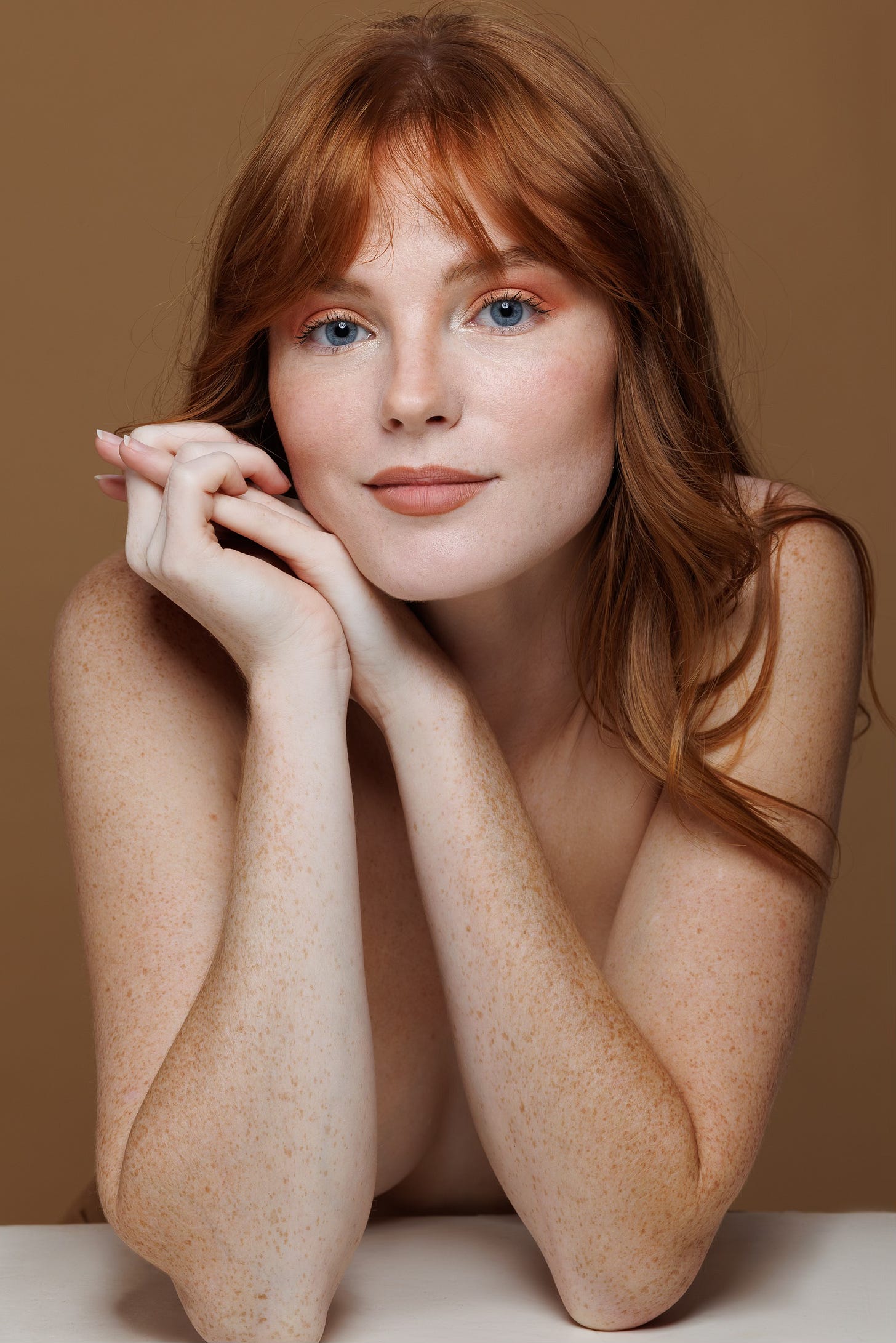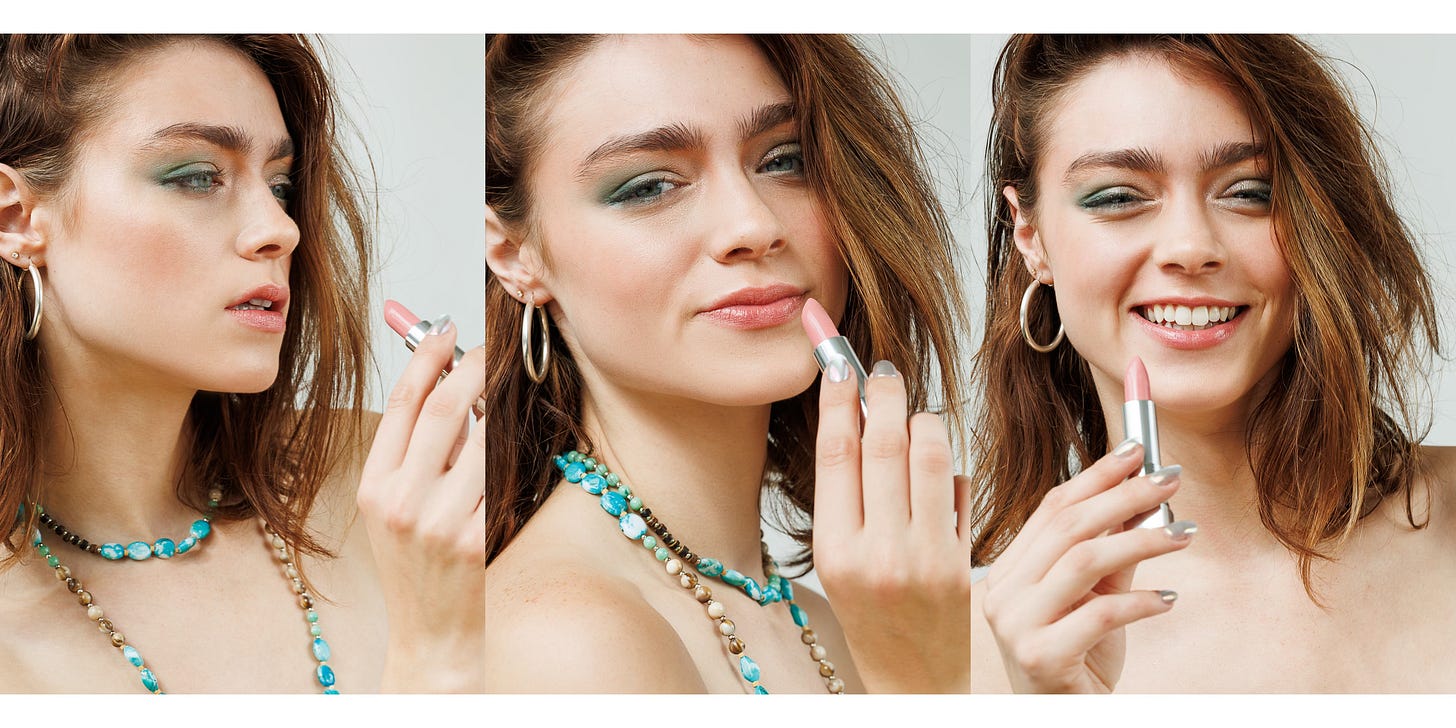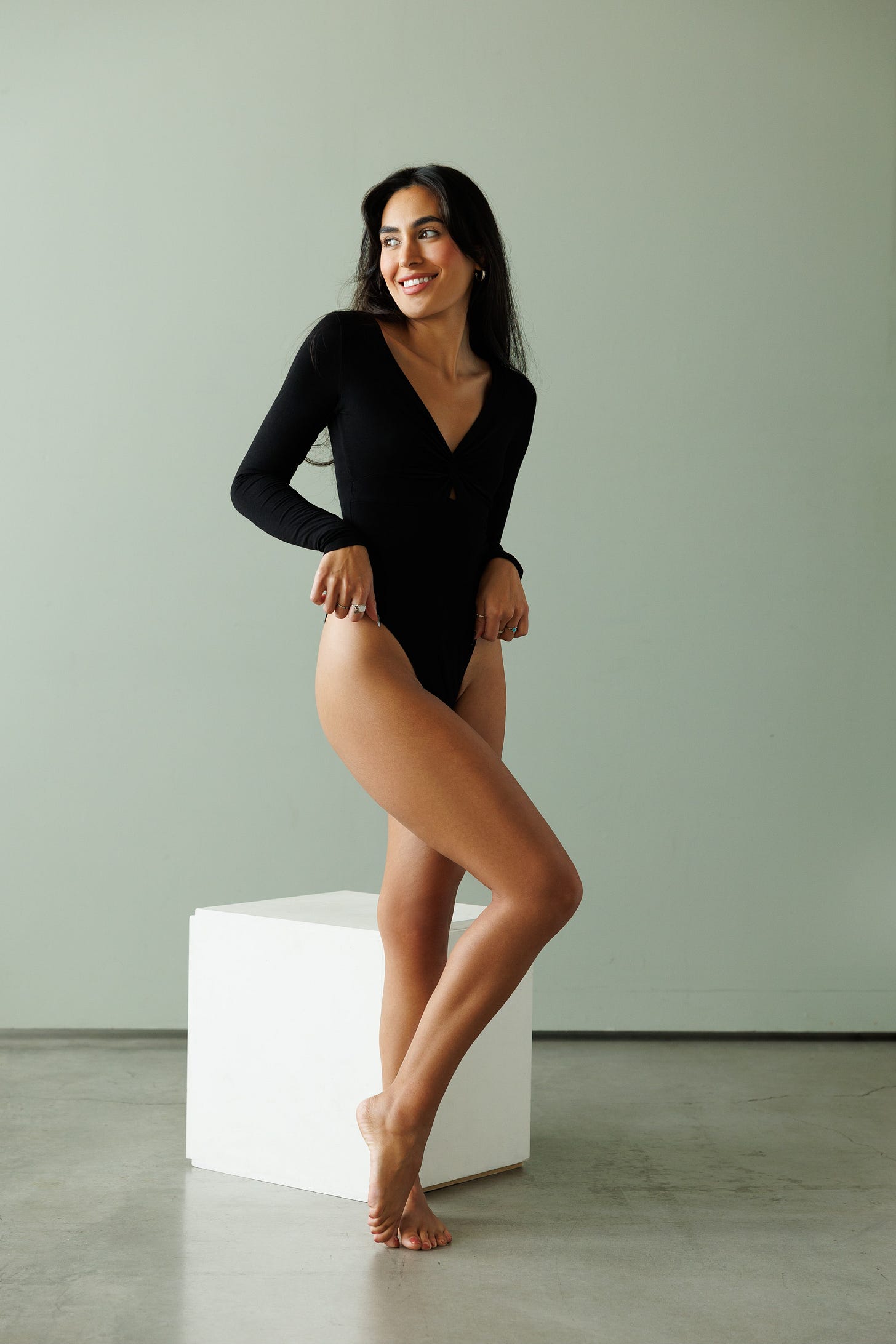The Importance of Developing Your "Model Face"
In modeling, much of the focus is placed on mastering poses, but facial expression is often overlooked. The "model face" isn't just one go-to look; it's about conveying a range of emotions and connecting with the camera to create captivating images. Many models struggle with a limited set of expressions or have difficulty truly engaging the camera. Developing a versatile and expressive model face can make you stand out and elevate your modeling work.
Why Your Model Face Matters
Conveys Emotion: The eyes and facial expressions add depth, bringing photos to life and helping convey the mood or story.
Enhances Connection: Engaging with the camera through facial expressions creates a more authentic, captivating image.
Improves Versatility: Being able to convey different moods and styles makes you a more adaptable and marketable model.
Completes the Pose: Strong expressions complement and enhance the body's pose, rather than letting a great pose fall flat.
Sets You Apart: Many models can pose well, but those who master facial expressions stand out in a competitive industry.
5 Tips for Developing Your Model Face
Know Your Angles
Discover which angles work best for your face, how different light affects your features, and which expressions suit various poses.
Focus on the Eyes
The eyes are powerful tools for conveying emotion. Practice different eye positions—direct gaze, looking away, or squinting slightly ("smize") to add depth.
Develop a Range of Emotions
Don’t rely on just a few expressions. Cultivate subtle shifts in mood to increase adaptability for different themes.
Relax Your Face and mouth
Tension can make expressions look forced. Relax your facial muscles, including the jaw and forehead, for natural-looking expressions.
Practice keeping your jaw relaxed and lips separated slightly for a majority of shots. This results in a more inviting look to the viewer, as opposed to a standoffish look from a tightly closed mouth.
Connect Emotionally with the Concept
Truly feel the emotion you’re trying to convey to make your expressions look genuine rather than posed.
5 Exercises to Improve Your Model Face
The Mirror Drill
Practice different expressions in front of a mirror for 10 minutes daily, exploring subtle changes in your eyes, eyebrows, and mouth.
Eye Connection Practice
Look into a mirror or camera lens as if you’re engaging with someone. Practice different emotional gazes to enhance connection.
Facial Muscle Relaxation
Tighten all your facial muscles for a few seconds, then release them completely. Focus on areas like the jaw to maintain a relaxed look.
Emotion Transition Exercise
Set a timer and transition through different emotions every 30 seconds. This helps build awareness and control over facial expressions.
Self-Photography Sessions
Take self-portraits while practicing different expressions. Review the images to understand how lighting and angles affect your face.
Conclusion
Developing a versatile model face means having more than just a couple of default expressions; it’s about using facial expressions to add depth and storytelling to your modeling work. These are just a few basic tips to get you started in developing your model face. By understanding your angles, practicing a range of emotions, and using exercises to improve control, you can connect more authentically with the camera. The face completes the pose, so make it count in every shot.







